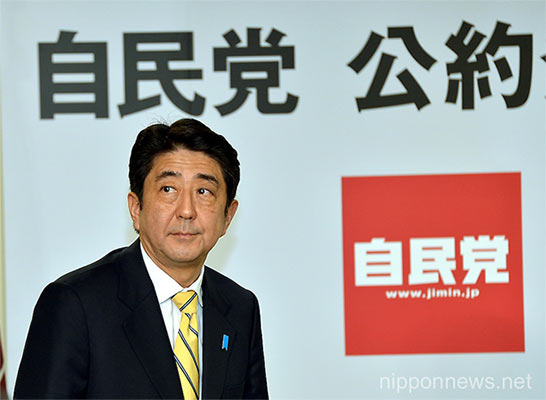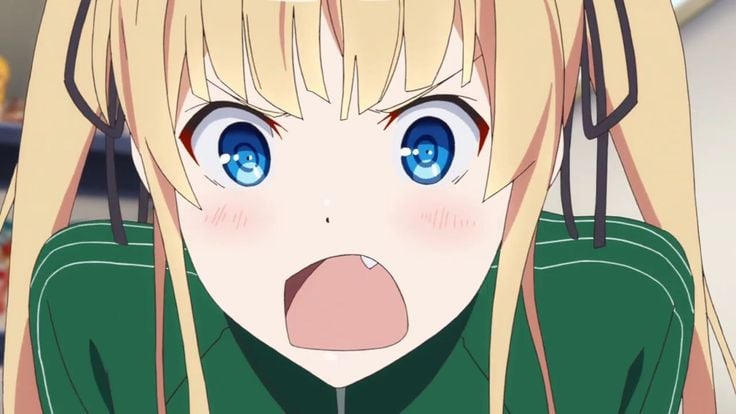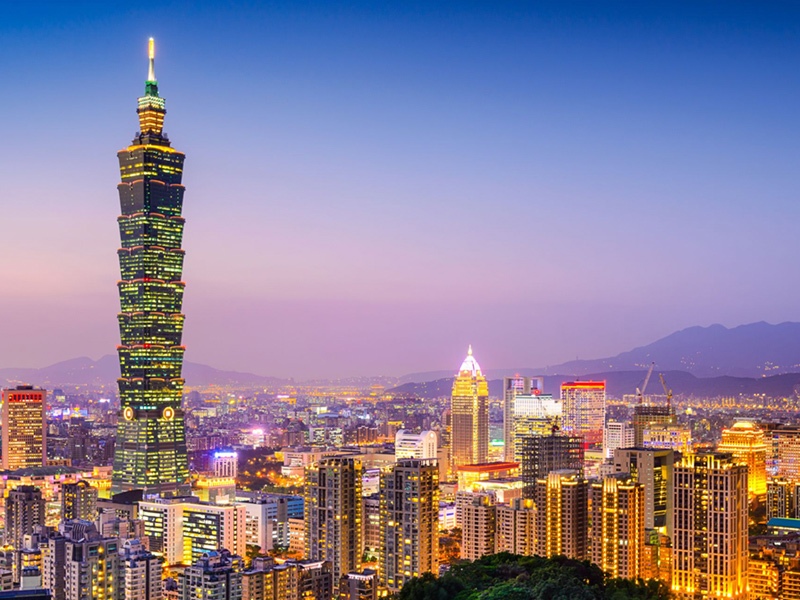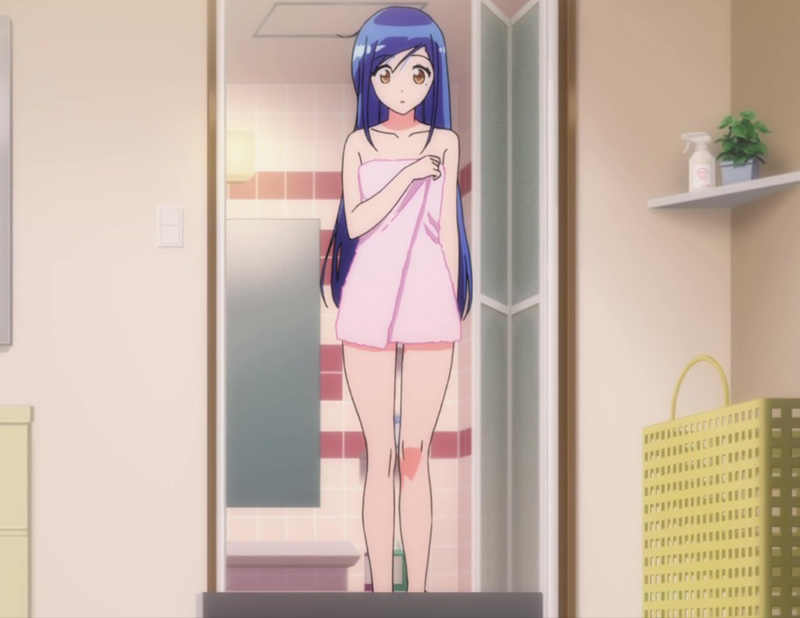It’s been seven months since the return of Prime Minister Shinzo Abe and the Liberal Democratic Party (LDP), the pro-business conservative party that ruled Japan for much of the postwar period. Mr. Abe (pronounced “ah-beh”) had a brief stint as PM back in 2006, when he was heralded as the youngest Japanese leader ever, but he quit after only a year for “health reasons” brought on by frustration over the fact that young leaders have very little political capital and generally can’t get anything useful done. His return to power last year was made possible by China and South Korea, who had spent so many months whipping their own people into an anti-Japan frenzy, over the Senkaku/Daioyu Islands in China’s case, and as part of the normal election cycle for South Korea, all of which angered Japanese voters enough to return the LDP to power. Abe promised to get Japan’s economy humming again, and unleashed a program of monetary easing and public works projects which have worked wonders for the economy so far. Last week he announced his third volley of reforms which promised to break down many of the barriers harming Japan’s international competitiveness, but the changes fell far short of what economists say is needed. Hopefully after the upcoming Japanese election we’ll see some bolder reforms.

Shinzo Abe, the last, best hope for Japan?















